Frontalis Muscle
The frontalis muscle attaches to the skin around the eyebrows, this muscle’s main function is to raise the eyebrows which also causes the skin of the forehead to wrinkle.
The frontalis muscle (Latin meaning ‘frontal belly’) is muscle which covers parts of forehead of the skull. In humans, the frontalis muscle only serves for facial expressions.
Table of Contents
Origin:
The origin of the frontalis muscle is the galea aponeurotica, which is a fibrous layer that covers the top of the cranium and extends from the forehead to the back base of the skull.
Insertion:
It inserts as right and left bellies from the skin of the eyebrow, with fibers extending down to interdigitate with orbicularis oculi and procerus.
Nerve Supply :
The nerve that innervates the frontalis muscle is the cranial nerve VII, which is also known as the facial nerve VII.
Blood supply:
It is supplied by supraorbital and supratrochlear arteries.
Muscle Action:

Since the muscle begins near the front of the forehead and extends down to the eyebrows, this muscle is involved in several movements of these facial structures. Specifically, it allows you to raise your eyebrows, wrinkle your forehead, and move your scalp posteriorly, or backward.
Strengthening exercise of Frontalis Muscle:
To strengthen the muscle in the forehead Gently hold the skin down with all the fingers to ensure it doesn’t crease, then raise the eyebrows against the resistance. Hold for 20 seconds.
Stretching exercise:
This stretch is great for relaxing the frontalis, which starts at the eyebrows and goes to the hairline. This stretch helps to minimize the horizontal lines that can appear on the forehead by relaxing the muscle.
Keep the face in a neutral position and place finders on the eyebrows. There are two different stretches for these muscles.
1) While pressing firmly with the fingers, move the fingers up towards the hairline.
2) From the hairline, repeat moving towards the eyebrows. Move through the stretch and hold for 5 seconds. Rest and repeat. Start out with 5 reps per day and work up to 10reps per day, by increasing the number of reps each week.
This stretch can also be done starting in from the middle of the forehead and moving the hands away from each other towards the temples for a horizontal stretch. This is a simple movement that can be done at any time.
Clinical Importance:
In Bell’s palsy, the Frontalis Muscle is Commonly Paralyzed.
Improvement of forehead skin:
Many people want to revitalize the forehead in order to keep their appearance young. As we age, relaxed skin tension lines, often known as wrinkles, develop perpendicular to the underlying muscles. Often, the initial step in treating wrinkles, vascular abnormalities, and skin pigment changes is to consider nonsurgical alternatives. Lasers, abrasives, creams, and peels are examples of nonsurgical alternatives.
Botulinum toxin for forehead and frown lines:
When dealing with minimally invasive procedures like botulinum injections, anatomy is important. Botulinum toxin can be injected directly into the frontalis muscle and is a useful treatment for rhytides and wrinkles. Rhytid production is reduced as a result of the lessened muscle contraction, giving the skin a more youthful aspect. The frontalis is injected many times throughout this process.
The horizontal rhytids can be satisfactorily relaxed with 10 to 20 units of botox dispersed throughout the forehead in order to prevent completely paralyzing the frontalis muscle. The procerus and corrugator muscles should also be injected together with the frontalis. 2 cm above the brow is a safe distance for frontalis muscle injections. Incorrect application of the poison can cause non-permanent ptosis by spreading to the levator palpebrae superioris. Additionally, it’s crucial to keep the levators and brow depressors in balance. The brow would fall if the frontalis muscle was weak and the depressors were dominant.
A “Spock” deformity, in which the medial section of the frontalis is relaxed but the lateral portion of the frontalis is capable of contraction, can also result from inappropriate botulinum injection into the medial frontalis. The other location of frontalis action, particularly in women, that frequently goes untreated is where the frontalis is close to the anterior hairline, producing noticeable, high horizontal rhytids that are still there.
Upper and lower motor neuron facial palsy:
When assessing a patient with a possible stroke, it’s also crucial to understand the nerve supply to the forehead. Although middle cerebral artery strokes frequently spare the forehead, they might result in contralateral facial paralysis. Due to the fact that the lower motor neurons that innervate the top half of the face receive input from both hemispheres but the lower ones do not, this presentation is caused. A complete hemifacial paralysis results from damage to the lower motor neuron, as is common in Bell palsy.
Upper and lower motor neuron facial palsy:
When assessing a patient with a possible stroke, it’s also crucial to understand the nerve supply to the forehead. Although middle cerebral artery strokes frequently spare the forehead, they might result in contralateral facial paralysis. Due to the fact that the lower motor neurons that innervate the top half of the face receive input from both hemispheres but the lower ones do not, this presentation is caused. A complete hemifacial paralysis results from damage to the lower motor neuron, as is common in Bell palsy.
For more facial-related posts:


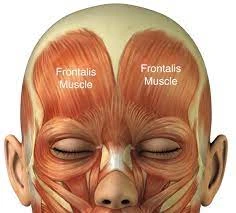
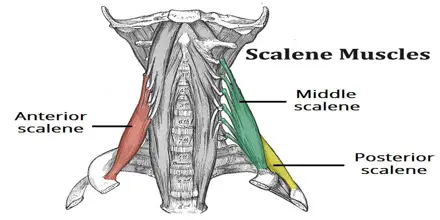
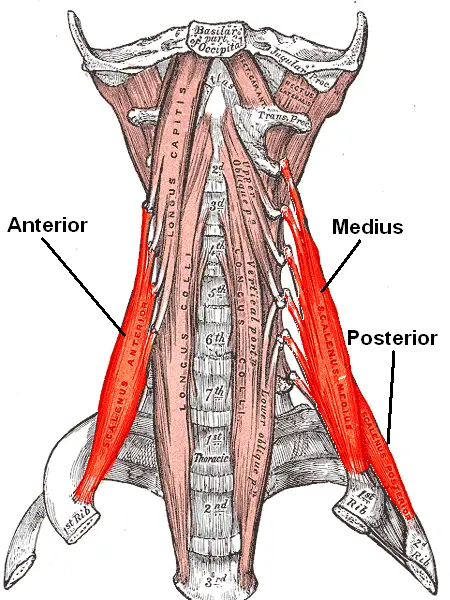
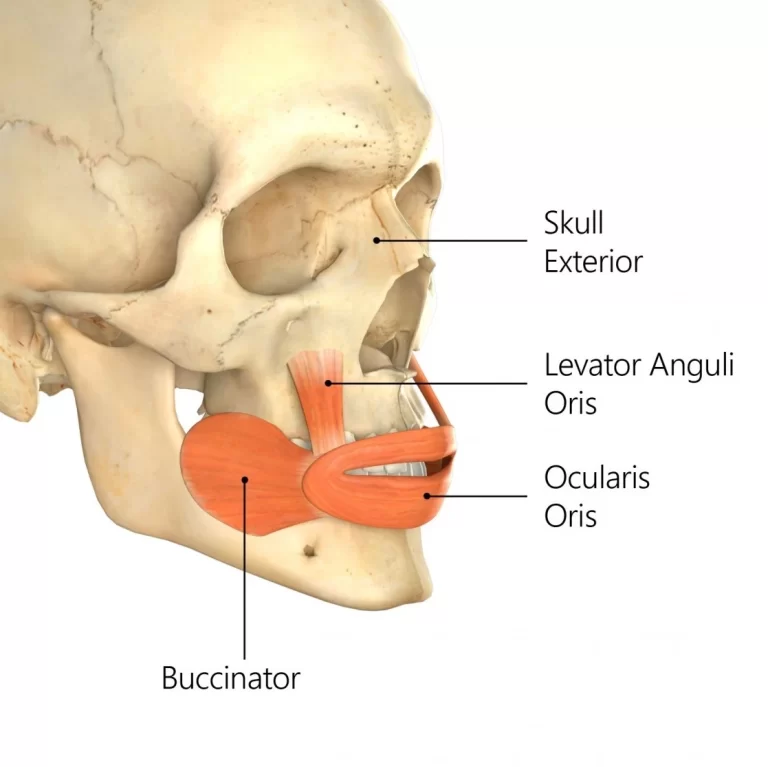
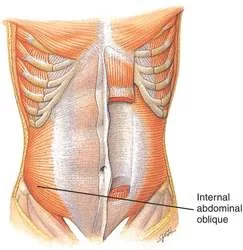
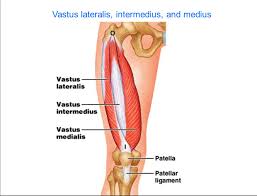
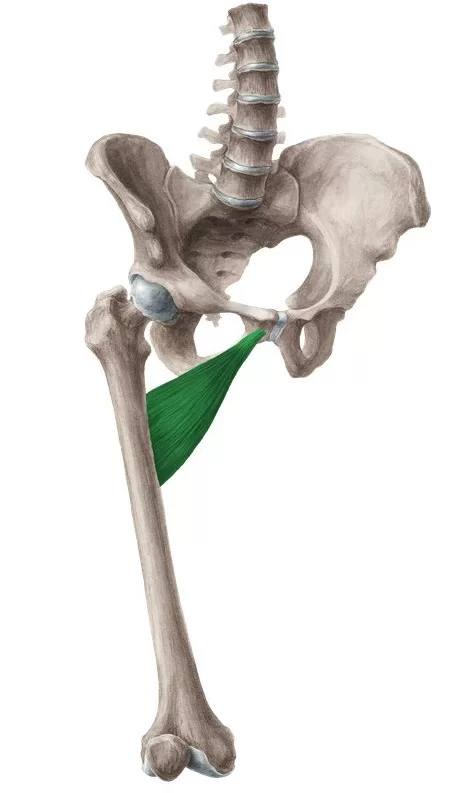
3 Comments